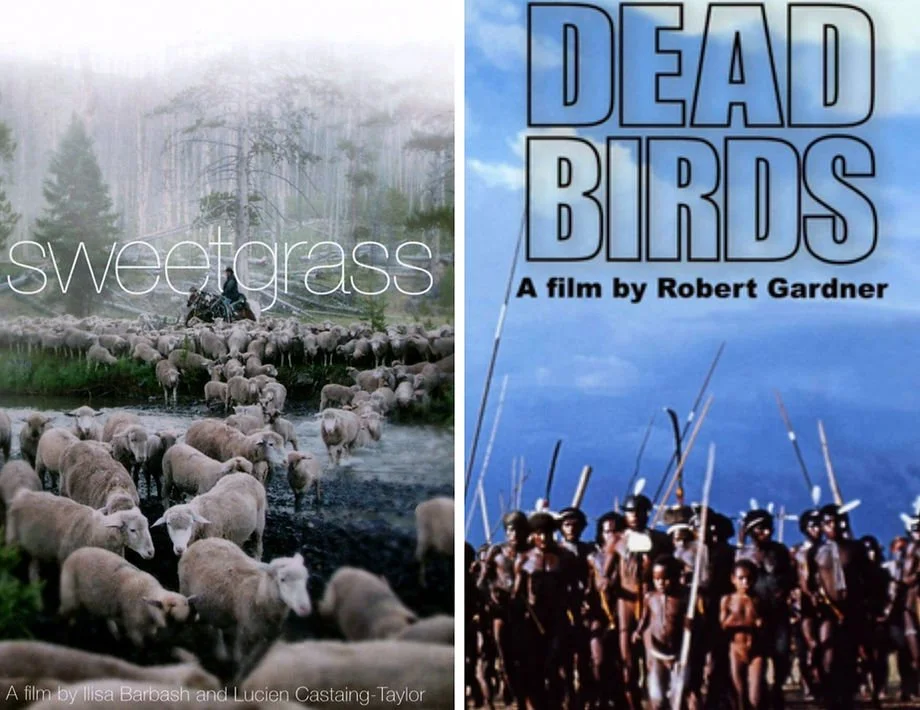CASTAING-TAYLOR AND GARDNER: A REVOLUTION IN VISUAL ANTHROPOLOGY
In this paper, I compared two ethnographic documentaries Sweetgrass (2009) by Lucien Castaing-Taylor and Dead Birds (1963) by Robert Gardner applying Berger’s theory of ambiguity and the concept of participant observation in Schwartz.
In the first documentary the ethnographer with a camera should be considered as an observer rather than an anthropologist, since he just observes and record what he sees. But at the same time the obtrusive position of the camera reflects the point of view of the medium itself, since it reaches directly the viewer. While in the second one, the use of primary data, such as the field notes and notebook which are the material expressions of an anthropologist’s second thought and third eye, lead to show how the anthropologist understood that the tribal warfare might illuminate the impulse of the modern one.
